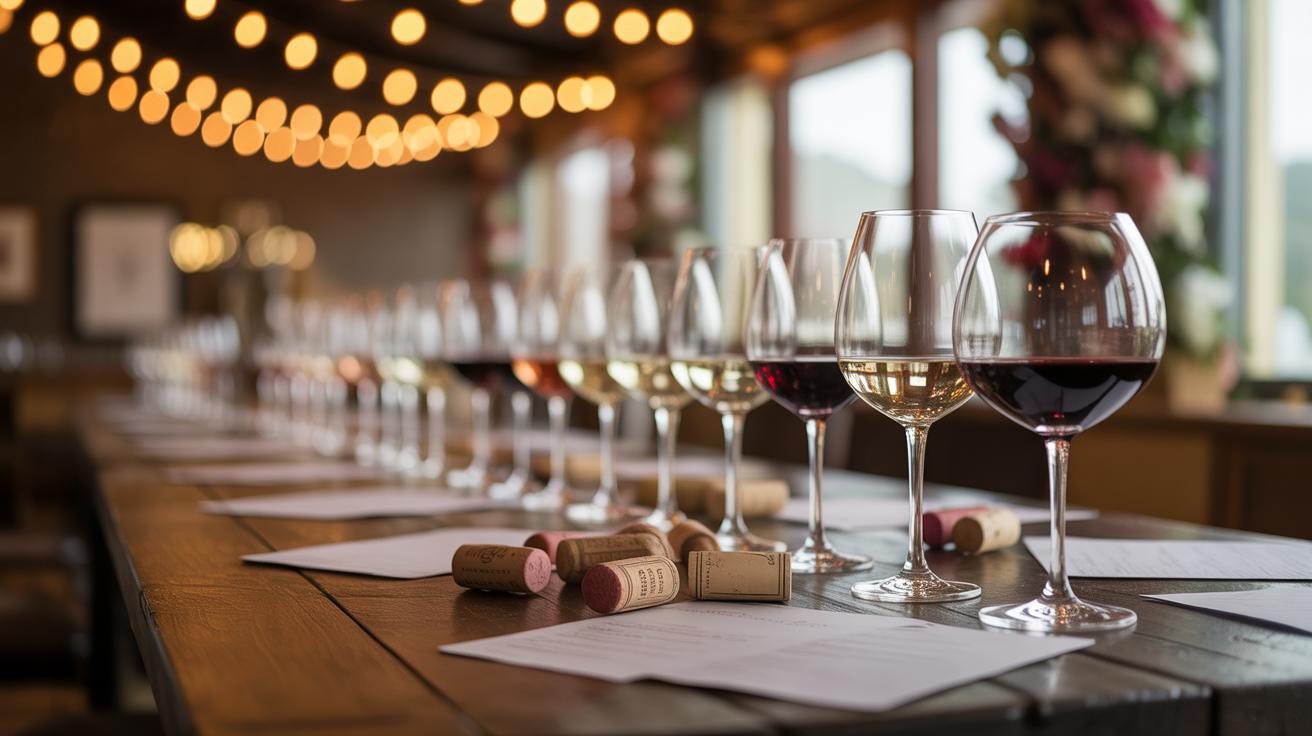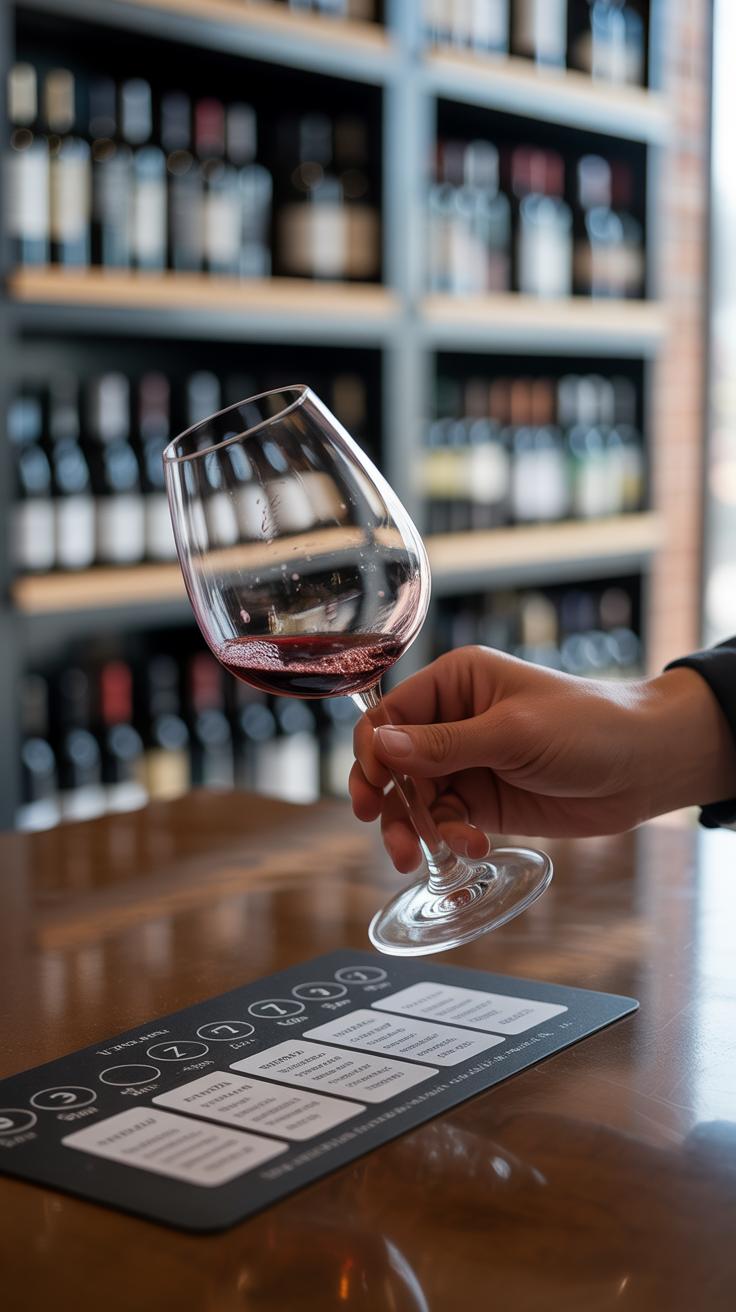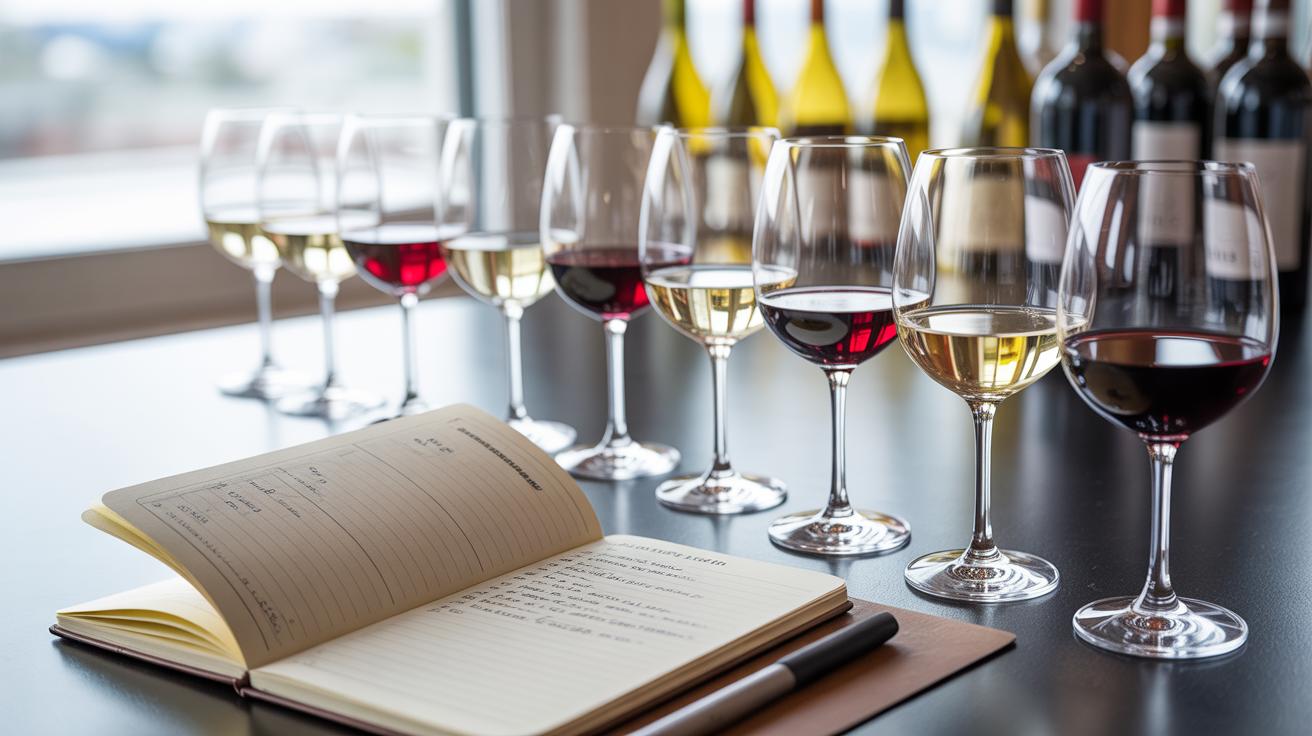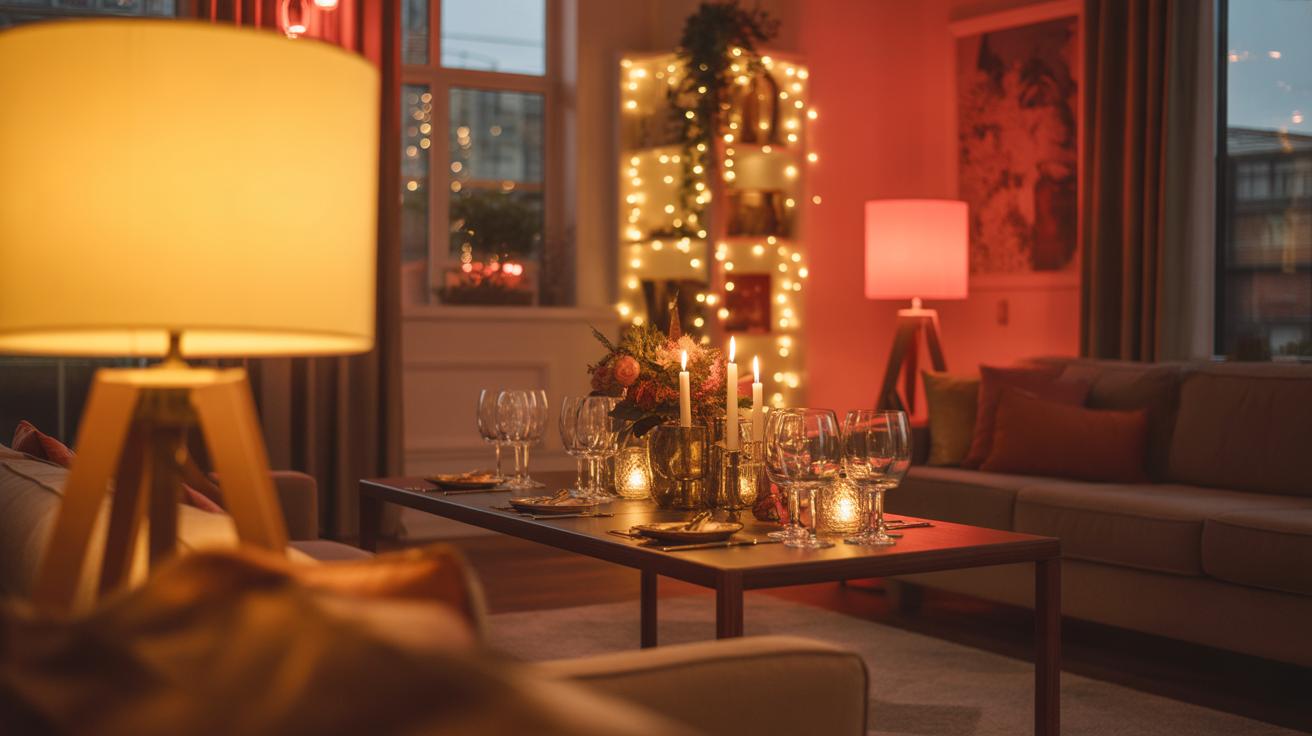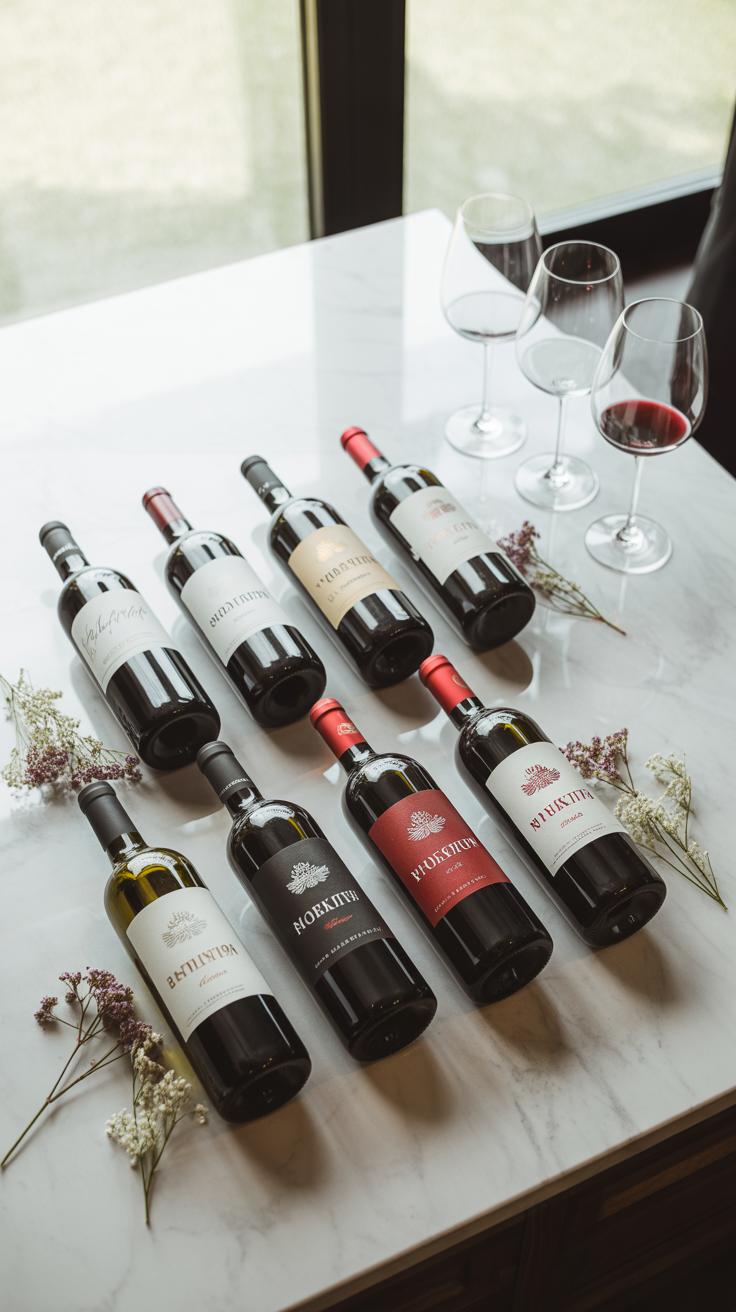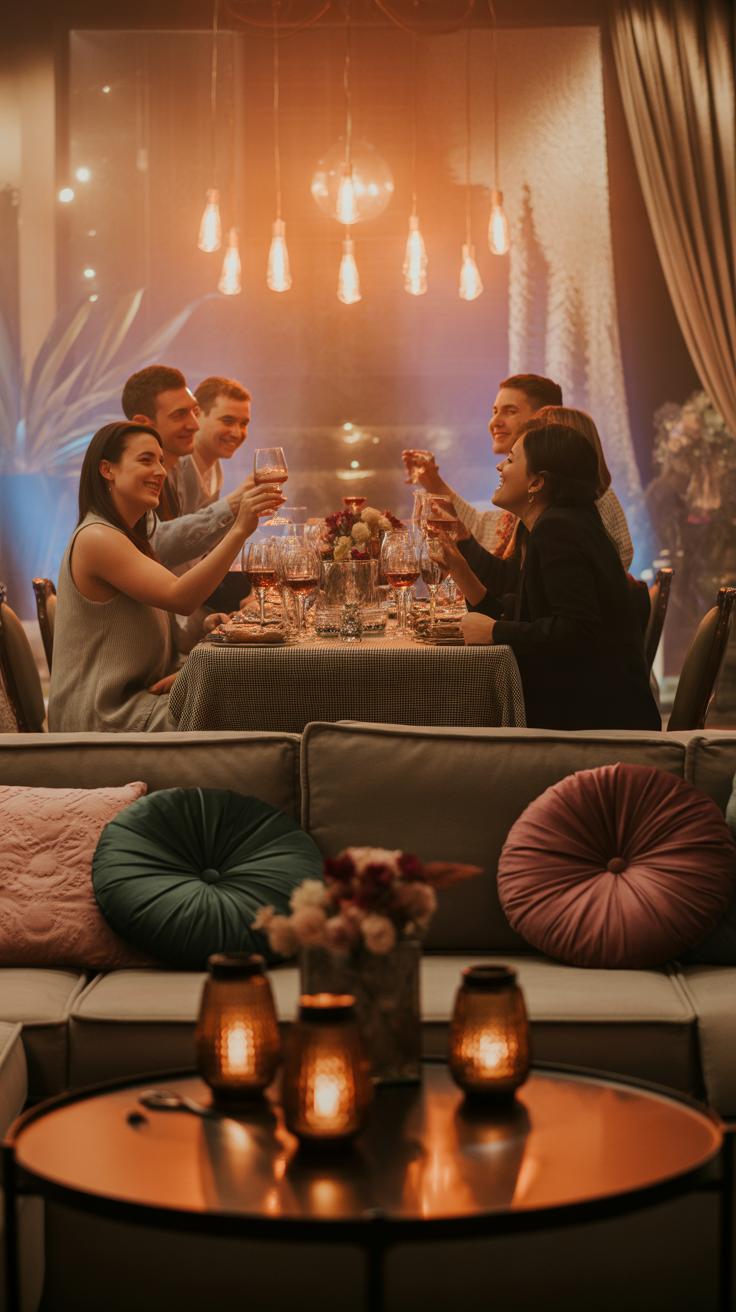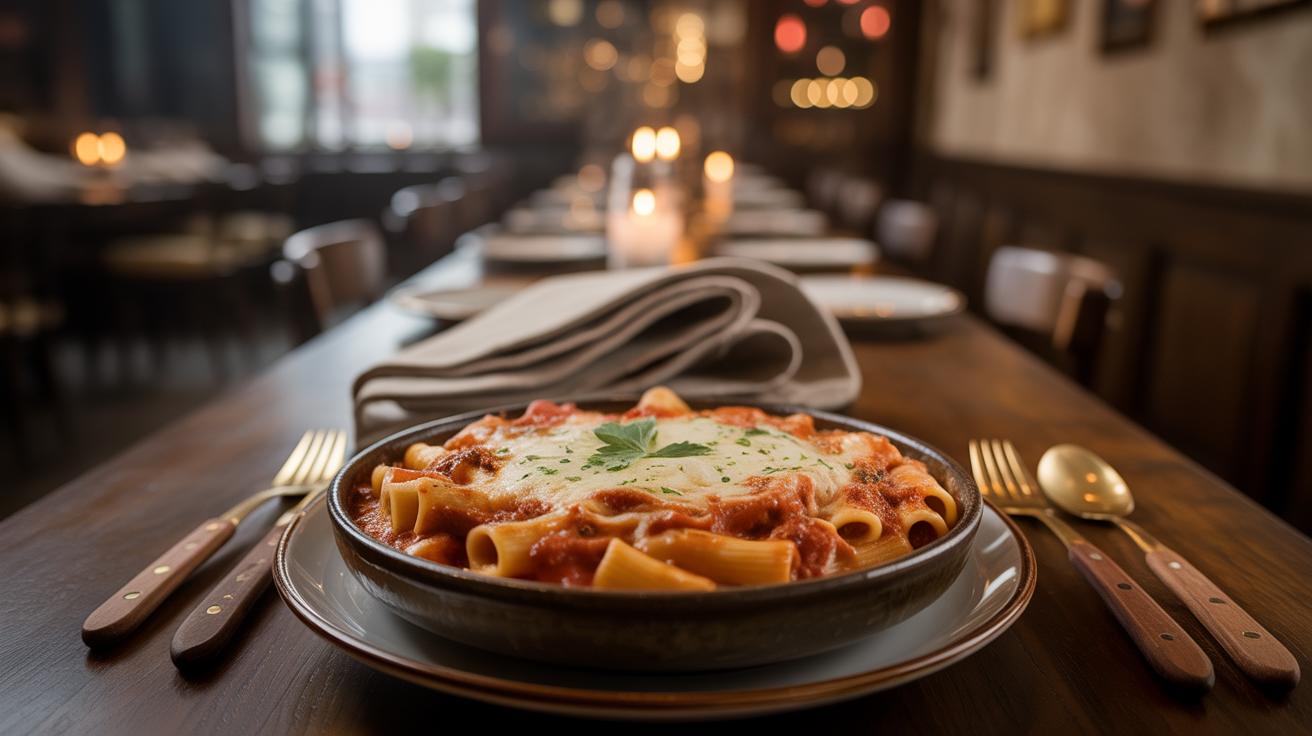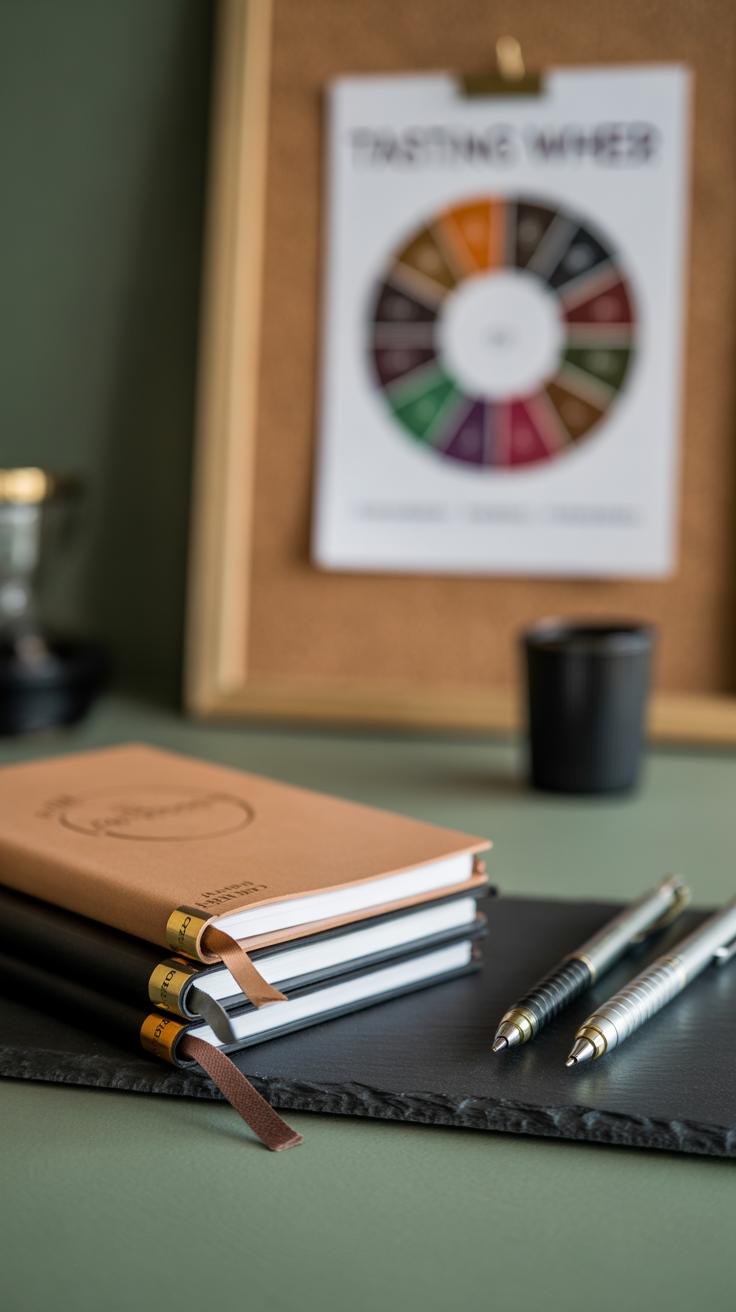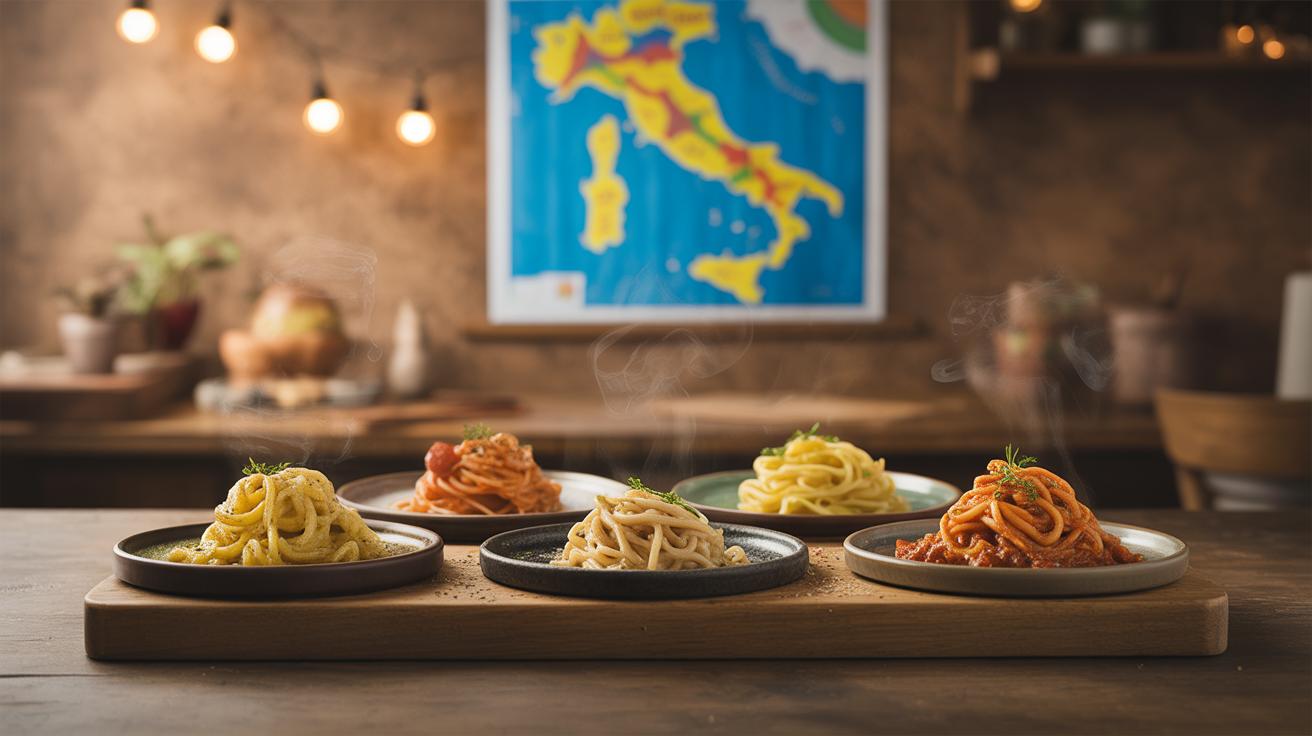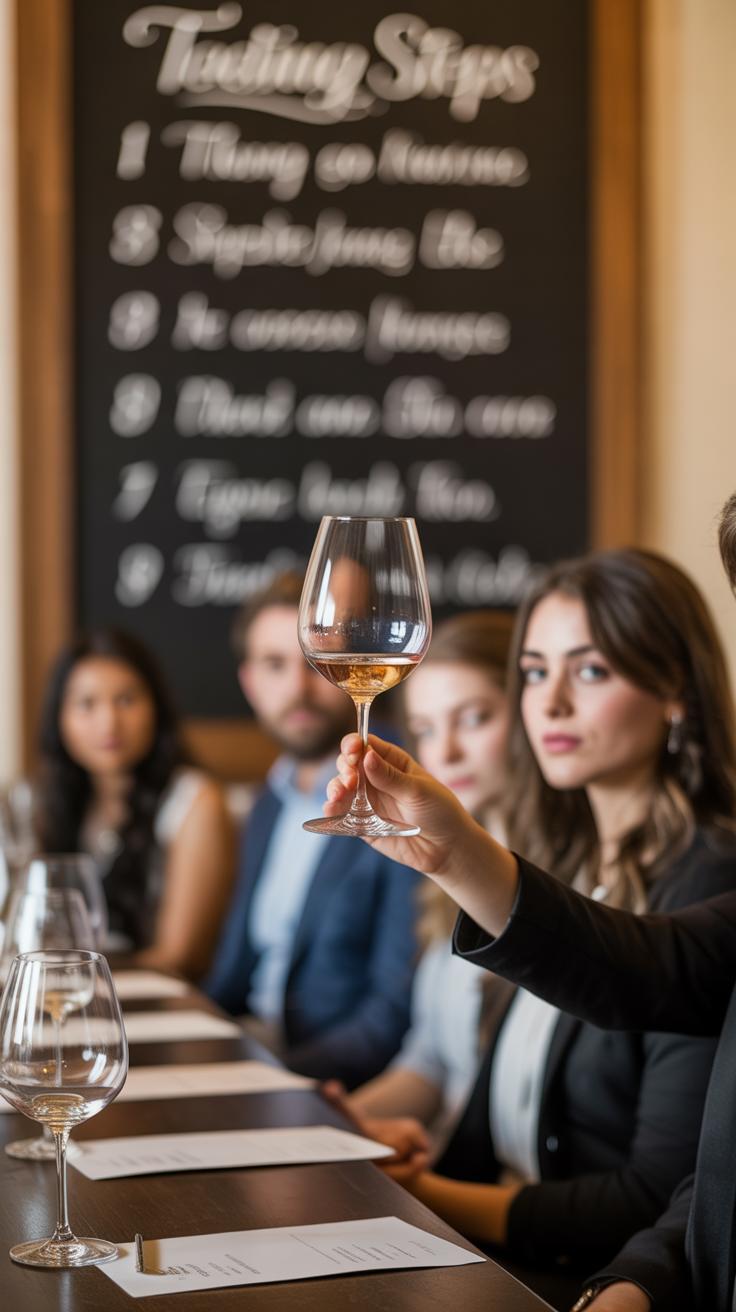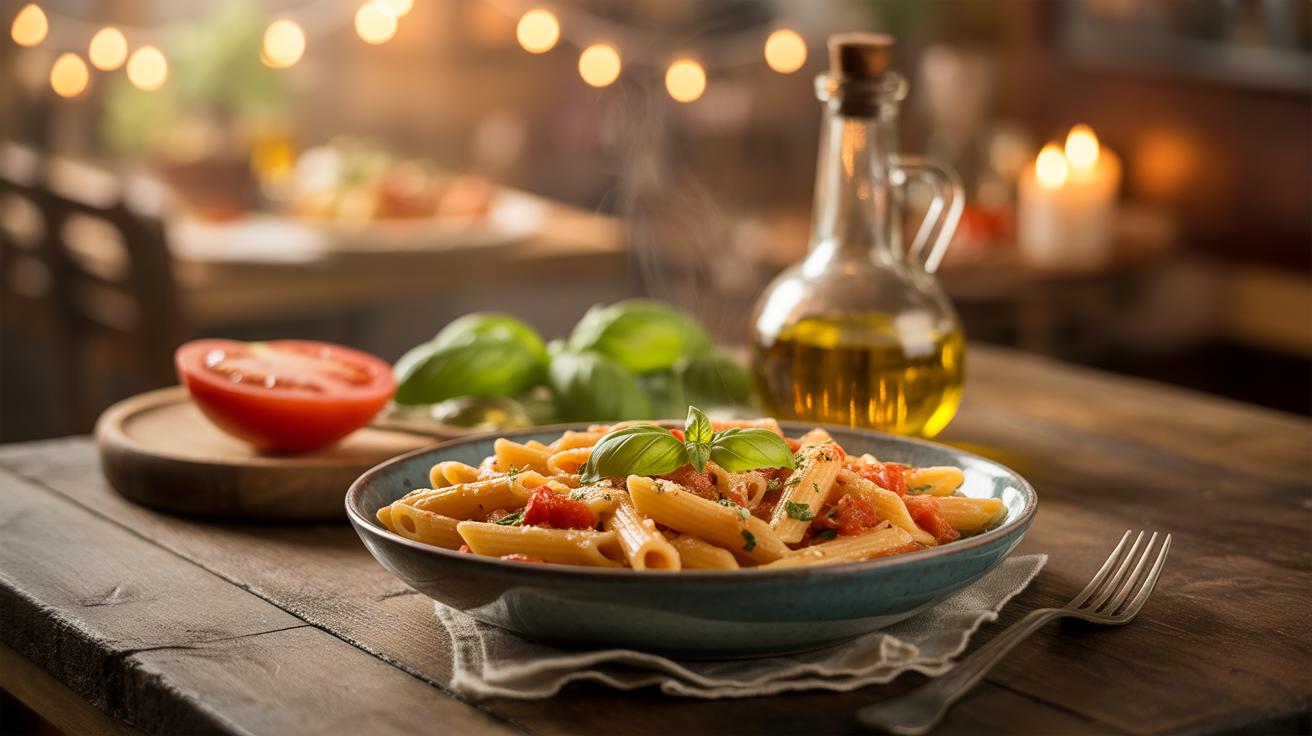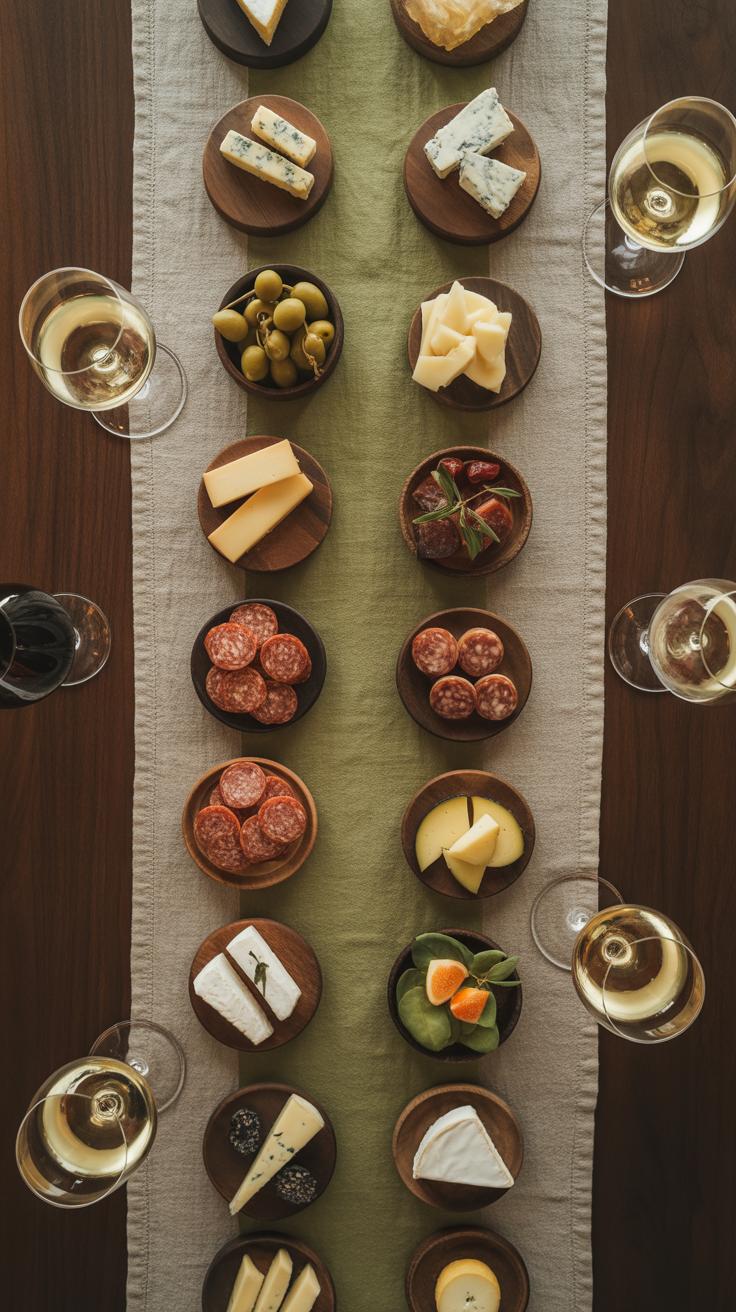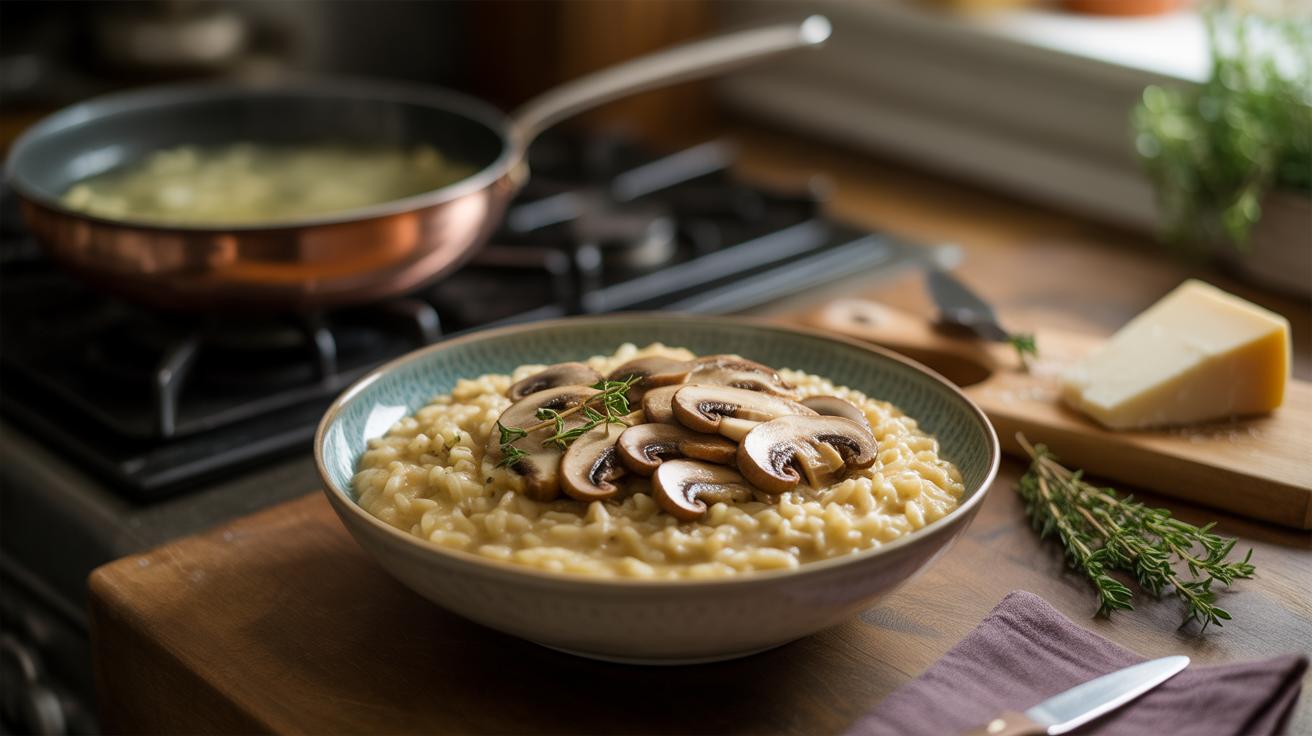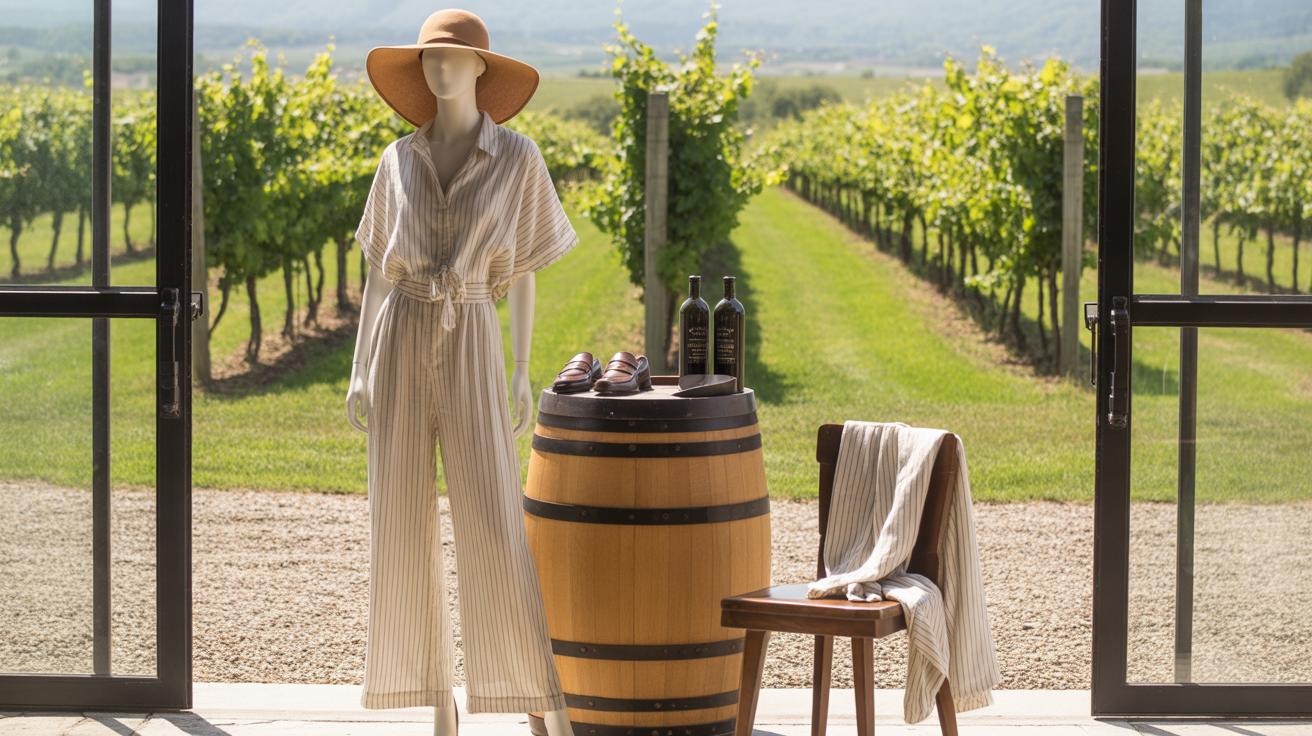Introduction
Planning a wine tasting party offers you the chance to explore and enjoy a variety of wines with friends or family. Whether it’s a casual gathering or a special occasion, choosing the right theme can make your event stand out. This article will guide you through selecting themes and planning details to suit any occasion.
You will learn how to create engaging settings, select wines thoughtfully, and manage the flow of the tasting. With these pointers, you can host a wine tasting party that leaves your guests impressed and eager for the next one.
Understanding Wine Tasting Basics
Wine tasting isn’t just about sipping and saying you like it or not. It’s a sensory journey that helps you explore the wine’s character more deeply. When you taste wine, you engage your eyes, nose, and palate to understand what makes each bottle unique.
The process breaks down into four key stages: appearance, aroma, taste, and finish. Each one gives clues about the wine’s quality and personality. You begin by examining the appearance, noticing color, clarity, and viscosity. These details can hint at the wine’s age or grape variety.
Next comes the aroma. Swirling the glass releases scents that reveal the wine’s complexity. Fruity, floral, earthy, or spicy notes might emerge, suggesting distinct growing conditions or winemaking techniques.
Then, you sample the taste. This stage lets you assess how the wine balances sweetness, acidity, tannins, and alcohol. It’s where flavors either harmonize or clash, helping you sense the wine’s body and texture.
Finally, the finish — the lingering sensation after swallowing. A long, pleasant finish often points to a higher-quality wine, while a short or unpleasant one may show weakness or imbalance.
By combining insights from all four stages, you get a fuller picture of the wine’s complexity and character. This approach makes each tasting memorable and helps you appreciate the nuances that might otherwise go unnoticed.
Selecting a Theme for Your Wine Tasting Party
Picking a theme can really shape the whole vibe of your wine tasting party. It sets the tone and guides your wine choices, decor, even how your guests interact. Thinking about the occasion helps. A birthday might call for something festive, while a quiet evening with close friends might lean toward something more intimate.
Classic wine regions make for a neat theme. Pick France, Italy, or California, for example. Guests get a kind of mini-education while tasting—like exploring Bordeaux reds or Chianti’s nuances. It narrows the focus, which can make decisions easier when choosing wines and food pairings. People seem to enjoy the connection to place; it makes the night feel a bit purposeful.
Then there are seasonal or playful themes—there’s more leeway here, which can be fun. Summer whites like crisp Sauvignon Blancs or rosés can lighten things up during warmer months. For holidays, deep reds like Pinot Noir or Syrah create a cozy mood. Blind tastings add a layer of mystery—guessing grape types or regions sparks conversation and laughter. These themes can keep things lively when you want more energy but don’t want to lose the wine focus.
- Consider the occasion and guest preferences first
- Explore classic wine regions for a focused, educational experience
- Try seasonal or playful themes for variety and fun
- Use the theme to guide wine, decor, and conversation
Choosing Wines to Match Your Theme
Picking wines that fit the theme you’ve chosen can feel a bit tricky, but it’s worth the effort. Think of it as curating a small gallery—each bottle should tell part of the story without overwhelming the guests. You want enough variety to keep things interesting, yet the selections shouldn’t clash so much that the tasting feels disjointed.
Start by deciding on a style that aligns with your theme. For example, if it’s a regional tasting, stick mostly to that area, but maybe toss in a couple of outliers to spark conversation. This balance encourages exploration while still holding the theme together.
When considering what your guests might enjoy, try to get a sense of their preferences beforehand. Are they mostly red wine lovers? Do some prefer dry whites? If you’re unsure, choosing approachable options can prevent anyone feeling left out. And yes, budget plays a role too—you don’t have to break the bank. Mixing a couple of pricier, standout bottles with more affordable everyday wines can work well.
- Include a mix of wine types (reds, whites, rosés) but keep the overall feel cohesive.
- Consider adding a sparkling or a dessert wine for contrast and fun.
- Match wines’ intensity and flavor profiles to avoid jarring transitions.
- Use labels and descriptions to help guests connect the wine to the theme.
- Don’t shy away from lesser-known varieties — they can surprise and delight.
Thinking this through might take some time, but it pays off. After all, the goal is a tasting that feels like a story, guided by your choices, but still leaves room for your guests’ reactions and discoveries.
Setting the Atmosphere for Your Party
The space you choose sets the tone long before the first sip of wine. Think about the mood you want—relaxed, elegant, casual? Lighting plays a big part here. Soft, warm lighting creates intimacy without making it feel too formal. Too bright, and it could feel harsh or clinical; too dim, and guests might struggle with their tasting notes or wine labels. String lights or candles can bring a subtle glow, but make sure not to overdo it—safety matters, especially around wine glasses.
Decor should reflect your party’s theme but avoid clutter. For example, a rustic vineyard setting might call for wooden crates, grapevine wreaths, or linen napkins. If you lean into a modern, minimalist vibe, clean lines and simple centerpieces with a few wine bottles work well. I once paired a Spanish wine tasting with brightly colored ceramic tiles and flamenco posters, which really sparked some lively discussions. Don’t hesitate to blend personal touches with thematic elements, something guests often remember more than the wine itself.
Seating arrangements deserve some thought too. You want people to feel comfortable moving around and mingling. Mixed seating works nicely—maybe a few clusters of chairs with small tables, combined with a larger communal table for group tasting. Avoid pushing everyone into one spot; it can feel cramped and disrupt flow. If your crowd is chatty, circular or semi-circular layouts encourage eye contact and sharing thoughts about the wines. This kind of setup often promotes a better tasting experience, though a more spacious arrangement suits quieter, reflective groups. What’s your style of gathering?
Preparing Tasting Materials and Notes
Getting tasting sheets ready might seem like an extra step, but it really shapes the whole experience. When guests have a place to jot down their thoughts, it sparks more engagement. It’s not just about scoring wines; it’s about capturing fleeting impressions—aromas, flavors, or even memories stirred by a sip. You might be surprised how a few simple lines on a sheet prompt conversations later on. And if someone forgets what they liked, those notes are a handy reference.
As for the sheets themselves, keep them clear and straightforward. Include sections for appearance, nose, taste, and an overall score—not too many categories or you risk overwhelming folks. Maybe throw in a tiny prompt or two, like “Describe the finish” or “Your favorite characteristic.” I once saw a group’s notes filled with unexpected descriptions—“like walking through a forest after rain” or “reminded me of a summer picnic.” Those little prompts can unlock creativity.
Wine glasses matter too. Bigger bowls invite more swirling, which opens up aromas better, but not every glass fits every wine style perfectly. Ideally, have a few glass types if possible—reds in wider bowls, whites and rosés in something narrower to keep the crispness. Sometimes, a simple universal tasting glass does the job, especially if you want to keep it casual.
Pouring wise—think modest pours, around 1 to 2 ounces. That’s just enough to taste without rushing or wasting. Pour too much, and people rush; too little, and they miss subtle details. Plus, a smaller pour means you can try more wines comfortably. Organize your bottles so they’re visible but not cluttered. A neat lineup helps guests know what’s coming next, making the flow smoother.
Guiding Your Guests Through the Tasting
Leading a wine tasting isn’t just about pouring glasses. It’s about gently guiding your guests through the experience, stage by stage, so they get the most out of each sip. When you introduce the steps, try to keep it simple. You might say something like: “First, look at the color and clarity of the wine. What do you notice?” This invites observation without pressure.
Next, encourage them to take in the aroma. Ask questions—does the scent remind them of fruit, flowers, or something else? It’s helpful to mention that it’s okay if what they smell feels vague or unfamiliar at first. Everyone’s nose is different, after all.
When the tasting moment arrives, suggest they take a small sip and let the wine spread over their tongue. You can point out that they might notice acidity, sweetness, or tannins, but they shouldn’t feel like they have to identify everything perfectly. Sometimes, just describing how the wine makes them feel or what it brings to mind is enough.
To keep the conversation flowing, try these ideas:
- Invite guests to compare notes after each wine. You’ll find it sparks curiosity and sometimes surprising opinions.
- Encourage storytelling about why a particular flavor stood out or what memory the wine evokes.
- Pose open-ended questions like, “What surprised you about this one?” or “Did anyone expect something different?”
Sometimes guests are quiet, unsure if their thoughts matter. Reassure them — their impressions are just as valuable. Remember, the goal isn’t expert analysis but shared discovery. This can be the most memorable part of the event.
Adding Food Pairings to Enhance the Experience
Pairing food with wine can turn a simple tasting into something more immersive. But it doesn’t have to be complicated. You want to choose foods that don’t overpower the wine but instead highlight its character. Think about fresh cheeses, nuts, and fruits as easy starting points. They often match well with many wines without needing much prep.
For example:
- Soft cheeses like Brie or Camembert with light reds or whites.
- Crunchy nuts—almonds or walnuts—work well with fuller-bodied reds.
- Fresh fruits such as grapes or apples brighten up many white wines.
Simple, right? But there’s a bit more to it. Pairings work best when flavors balance. A juicy, acidic wine will cut through a creamy dish, while a bold wine might drown out delicate flavors. Think about the weight and intensity of each. You might notice how a buttery Chardonnay feels richer against a salty cracker, or how a tannic Cabernet finds an ally in a fatty meat bite.
It’s a kind of dance between food and wine, sometimes harmonious, sometimes surprising. Experiment a bit and ask yourself: Is the combination making the wine taste fruitier or sharper? Is the food’s flavor softened or highlighted? These questions help you pick pairings that bring out the best in both.
Making Your Wine Tasting Party Memorable
Adding a few personal touches can turn a good wine tasting into one people talk about later. Try to keep things light—there’s no need for stuffy seriousness here. Maybe break up the sipping with simple activities like a quick wine trivia quiz or a guessing game where guests identify wines by aroma alone. These little challenges spark laughter and keep the energy up without feeling forced.
Some might hesitate to add games, thinking it distracts from the tasting, but often it’s exactly what breaks the ice. You could jot down fun facts about each wine as clues or create small teams to deepen the sense of camaraderie. It’s less about winning and more about sharing moments.
Don’t underestimate the value of capturing memories. A few candid photos around the tasting table can brighten up a future gathering invite or a shared album. Offering small favors, like mini bottles of a guest’s favorite tasting wine, gives everyone something to remember the night by. You might also keep a communal tasting notebook where guests can scribble impressions or pair ideas—sometimes those notes spark a whole new conversation later on.
In the end, the best memories come from mixing genuine connection with just enough fun—and maybe a bit of playful unpredictability.
Conclusions
Organizing a wine tasting party becomes easier and more enjoyable when you have clear themes and practical plans. Picking wines that suit your theme, setting the right mood, and involving your guests actively can turn a simple party into a fun and educational experience.
Try out different ideas to find what works best for you and your group. With practice, your wine tasting parties will grow more successful, providing a great way to share your interest in wine and create lasting memories.

